A tiny fragment of the asteroid that hit Earth 66 million years ago, killing off the dinosaurs, may have been found encased in amber – a discovery NASA has described as “mind-blowing.”
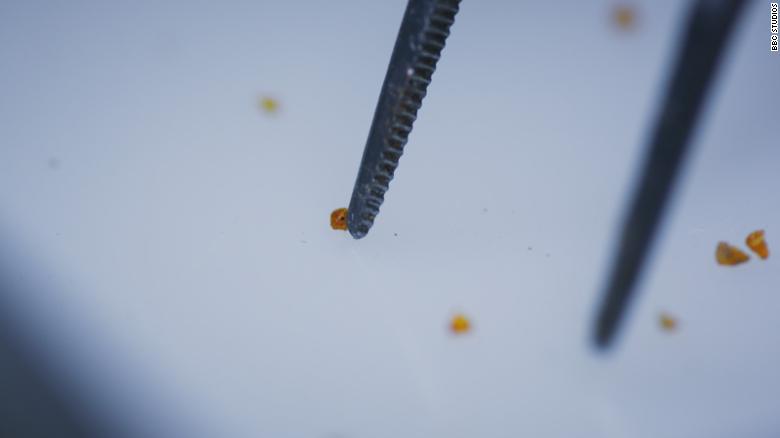
It’s one of several astounding finds at a unique fossil site in the Hell Creek Formation in North Dakota that has preserved remnants of the cataclysmic moment that ended the dinosaur era – a turning point in the history of the planet.
Protect your home and car with the best EMP, solar flares and lightning shield available…
The fossils unearthed there include fish that sucked in debris blasted out during the strike, a turtle impaled with a stick and a leg that might have belonged to a dinosaur that witnessed the asteroid strike.
The story of the discoveries is revealed in a new documentary called “Dinosaur Apocalypse,” which features naturalist Sir David Attenborough and paleontologist Robert DePalma and airs Wednesday on the PBS show “Nova.”
The ultimate bad day
DePalma, a postgraduate researcher at the University of Manchester in the United Kingdom and adjunct professor for the Florida Atlantic University’s geosciences department, first started working at Tanis, as the fossil site is known, in 2012.
The dusty, exposed plains starkly contrast with what the site would have looked like at the end of the Cretaceous Period. Back then, the American Midwest was a swampy rainforest, and an inland sea that has since disappeared – known as the Western Interior Seaway – ran all the way from what’s now the Gulf of Mexico to Canada.
Drink clean water at home… Get this filter now…
Tanis is more than 2,000 miles away from the Chicxulub impact crater left by the asteroid that struck off the coast of Mexico, but initial discoveries made at the site convinced DePalma that it provides rare evidence of what led to the end of the dinosaur era.
The site is home to thousands of well-preserved fish fossils that DePalma believed were buried alive by sediment displaced as a massive body of water unleashed by the asteroid strike moved up the interior seaway. Unlike tsunamis, which can take hours to reach land after an earthquake at sea, these moving water bodies, known as a seiche, surged out instantaneously after the massive asteroid crashed into the sea.
He’s certain that the fish died within an hour of the asteroid strike, and not as a result of the massive wildfires or the nuclear winter that came in the days and months that followed. That’s because “impact spherules” — small bits of molten rock thrown up from the crater into space where they crystallized into a glass-like material — were found lodged in the gills of the fish. Analysis of the fish fossils has also revealed the asteroid hit in spring.
“One piece of evidence after another started stacking up and changing the story. It was a progression of clues like a Sherlock Holmes investigation,” DePalma said. “It gives a moment by moment story of what happens right after impact and you end up getting such a rich resource for scientific investigation.”
Health Ranger Store: Buy Clean Food and Products to heal the world…
Many of the latest discoveries revealed in the documentary haven’t been been published in scientific journals.
Michael Benton, a professor of vertebrate paleontology at the University of Bristol, who acted as a scientific adviser on the documentary, said while it was a “matter of convention” that new scientific claims should go through peer review before being revealed on television, he and many other paleontologists accepted that the fossil site really does represent the dinosaurs’ “last day.”
“Some experts have said ‘well, it might be the day after or a month before … but I prefer the simplest explanation, which is that it really does document the day the asteroid hit in Mexico,” he said via email.
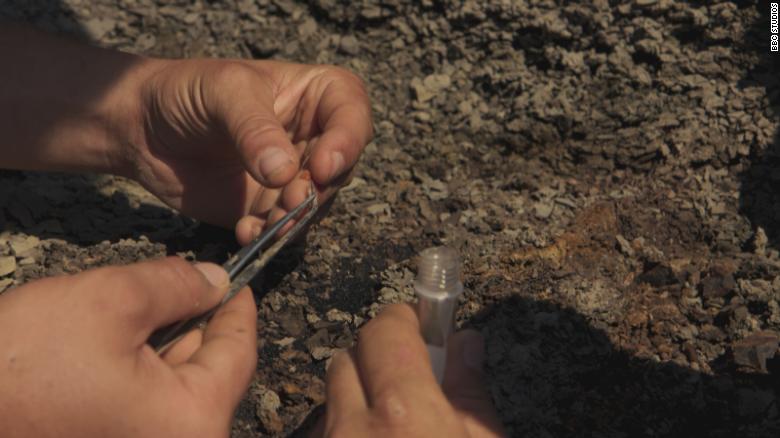
Cosmic origin
Most of the glassy impact spherules that first revealed the fingerprints of the asteroid impact to DePalma are preserved as clay as a result of geological processes over millions of years. However, DePalma and his collaborators have also found some spherules that landed in tree resin on the surface of a log that fateful day and were preserved in amber.
Prepare your retirement by investing in GOLD, SILVER and other PRECIOUS METALS…
“In that amber we’ve located a number of spherules that were basically frozen in time, because, just like an insect in amber which is perfectly preserved, when these spherules entered the amber, water couldn’t get to them. They never turned to clay, and they’re perfectly preserved,” he said.
It’s “like getting a sample vial, running back in time and getting a sample from the impact site and then saving it for science,” DePalma said.
They were able to locate a number of little unmelted fragments of rock inside the glass spherules. Most of these tiny rock fragments were calcium-rich – likely from the limestone under the Yucatan Peninsula, DePalma said.
“But two of those were wildly different in composition. You had spikes in chromium and nickel and some other elements that are only common in meteoritic material and those fragments based on our preliminary analysis… are almost certainly of cosmic origin.”
DePalma said they hope to be able to confirm what the asteroid was made from and where it might be from – efforts that have caught the attention of NASA; DePalma presented his findings last month at the agency’s Goddard Space Flight Center in Greenbelt, Maryland.
“This example of what might be a little tiny fragment, maybe micrograms, of the colliding asteroid – the fact that a record of that is preserved, would be mind-blowing,” said Goddard Chief Scientist Jim Garvin, who has studied impact cratering on Earth and Mars.
Research on the amber-entombed spherules hasn’t been published in a peer-reviewed journal. During peer review, scientists give rigorous feedback on one another’s work to ensure it stands up to scrutiny. DePalma said a peer-reviewed paper on the preliminary findings would be published “in the coming months.”
You will ALWAYS have electricity with this portable SOLAR power station…
Dinosaur leg
An exceptionally preserved dinosaur leg with skin in tact is another discovery from the Tanis site that features in the documentary, which first aired in the UK in April, and has turned heads in the paleontological world.
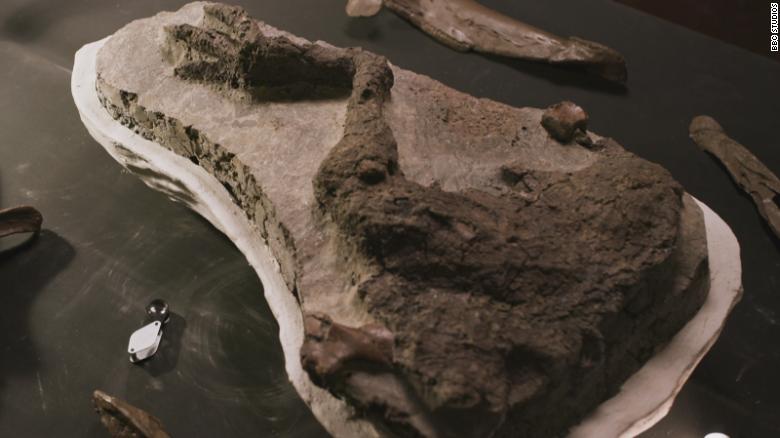
Very few fossils from the Cretaceous Period have been found in the uppermost rocks of the geological record, and it’s possible the limb — which belongs to a Thescelosaurus, a small plant-eating dinosaur DePalma and his colleagues discovered — could have died on the very day the asteroid hit. The preservation of soft tissue such as skin suggests that its body did not have any time to decay before it was buried in sediment.
“The only two supported scenarios here are that it died in the surge or that it died immediately before (the asteroid strike) but so close in time that it really did not have time to decay. This is not something that had died years before and then been reworked. That does not happen with soft tissue like that.”
Detailed analysis of the dinosaur’s leg bones could shed light on what conditions were like in the lead-up to the impact.
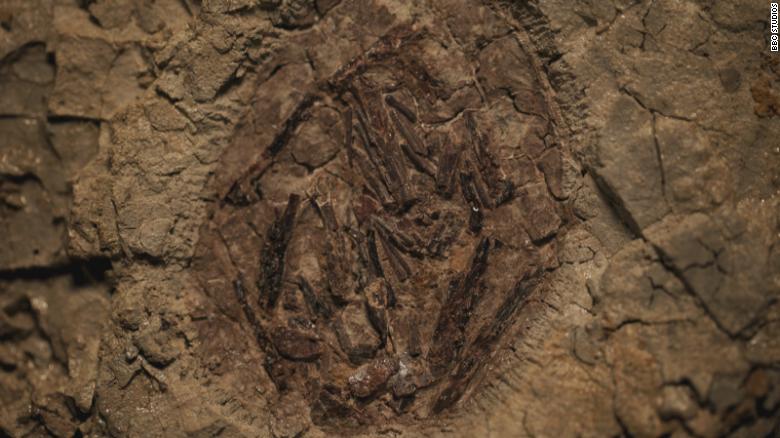
Other cool finds from the site include a fossilized pterosaur egg, the first found in North America. It shows that the eggs of the giant flying reptiles were soft like those of many reptiles today. A fossilized turtle with a wooden stick through its body is evidence that the creature was impaled during the water surge unleashed by the asteroid strike.
The work being done at Tanis not only nails down in jaw-dropping detail what happened the day the asteroid struck, it also provides insight into an event that caused a mass extinction and how that extinction subsequently unfolded. DePalma hopes this will provide a framework to think about the climate crisis today.
“The fossil record gives us a window into the details of a global-scale hazard and the reaction of Earth’s biota to that hazard,” DePalma said. “It gives us… a crystal ball looking back in time and enables us to apply that to today’s ecological and environmental crisis.”
“That is both startling, but also a benefit to us. Because by studying this impact event in greater detail, we can be better prepared to care for our world right now.” [CNN]
StrangeSounds.org is now running ad-free CLICK HERE TO SUPPORT MY WORK… I will send you a small gemstone if you give more than 25$… Thanks in advance!
Here some things to add to your disaster & preparedness kit:
- Protect your home and car with the best EMP, solar flares and lightning shield available…
- Drink clean water at home… Get this filter now…
- Health Ranger Store: Buy Clean Food and Products to heal the world…
- Prepare your retirement by investing in GOLD, SILVER and other PRECIOUS METALS…
- You will ALWAYS have electricity with this portable SOLAR power station…
- Qfiles is another great site for alternative news and information…











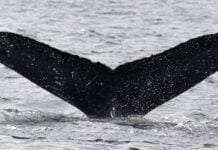


It wasn’t an asteroid strike. You know that’s just a theory, right? It’s unprovable and is not more valid than the historical account of Noah’s flood.
It’s an interesting dig. I love fossils. Even as a kid. We had Dr. Louis Leaky books and Time Life books. The kids wanted to go hunt fossils. I found shell fossils, and a fish up behind our property as a youngster, and always kept them in a cigar box, with a trilobite fossil. Lol
Amazing, the Glass Sphere, so-called Asteroid remnant, we call this tektite is what was made during a solar micronova that coincides with our pole shifts.
For additional evidence see
https://youtu.be/ihwoIlxHI3Q
I’ve got a box which has a trillion dollars worth of air in it….. I have proof it may had originated from the beginning of time. Who wants to invest??
Yes that was a joke, I was intending to show how much of a scam everything has become.